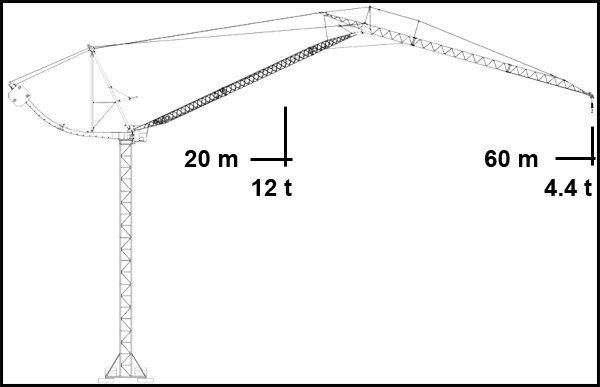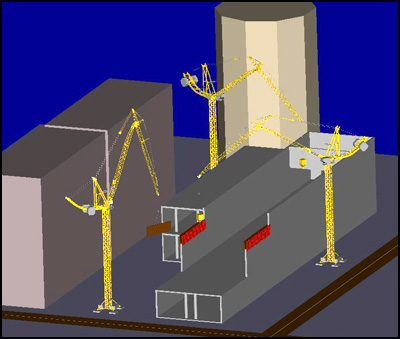|
||||||||||||
|
How Cobra-Crane was born In 1997, Jean-Marc Yerly started his project of articulated jib crane. This idea rose from the constraints noticed on construction sites located in urbanized environments and cramped sites. Lower than traditional tower cranes, because it can pass by obstacles instead of flying over, the COBRA crane increases the productivity when several cranes are operating on the same site and is less sensitive to wind. I addition, the COBRA offers a very good visibility, as well as a high degree of accuracy. Its luffer jib option is well designed for works at height. This luffer jib can be folded in order to reduce the wind impact when the crane is in out of service position. Since exposed areas are closer to the rotation centre, the risk of seeing the wind pushing the crane around the tower is limited. This also allows a slewing movement twice as fast as similar tower cranes for a radius up to 20m.
The Cobra Crane avoids flying over sensitive zones such as hospitals, school courts, pedestrian precincts or high voltage wires.
A convenient rigging and dismantling of the crane has been already taken into account at the design stage. The all crane fits in five 40’ containers (for 31m high under the cabin). |
|||||||||||
|
Our company | Cobra-Crane | Design | Photographs | Technique | Cobra in the press |
||||||||||||



